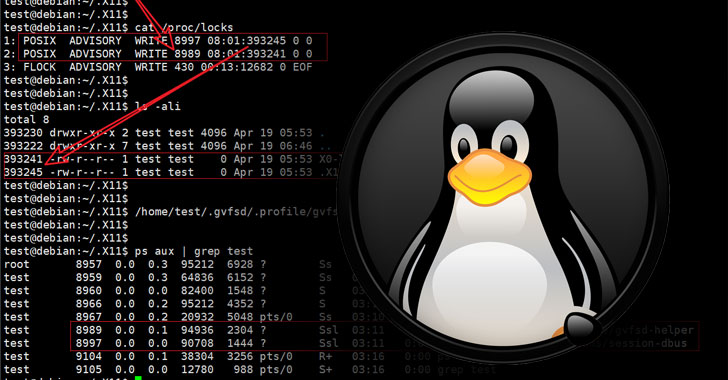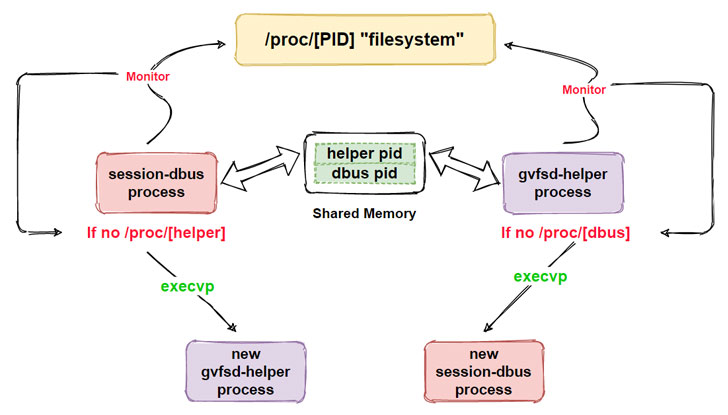A previously undocumented Linux malware with backdoor capabilities has managed to stay under the radar for about three years, allowing the threat actor behind the operation to harvest and exfiltrate sensitive information from infected systems.
Dubbed "RotaJakiro" by researchers from Qihoo 360 NETLAB, the backdoor targets Linux X64 machines, and is so named after the fact that "the family uses rotate encryption and behaves differently for root/non-root accounts when executing."
The findings come from an analysis of a malware sample it detected on March 25, although early versions appear to have been uploaded to VirusTotal as early as May 2018. A total of four samples have been found to date on the database, all of which remain undetected by most anti-malware engines. As of writing, only seven security vendors flag the latest version of the malware as malicious.
"At the functional level, RotaJakiro first determines whether the user is root or non-root at run time, with different execution policies for different accounts, then decrypts the relevant sensitive resources using AES& ROTATE for subsequent persistence, process guarding and single instance use, and finally establishes communication with C2 and waits for the execution of commands issued by C2," the researchers explained.
RotaJakiro is designed with stealth in mind, relying on a mix of cryptographic algorithms to encrypt its communications with a command-and-control (C2) server, in addition to having support for 12 functions that take care of gathering device metadata, stealing sensitive information, carrying out file related operations, and downloading and executing plug-ins pulled from the C2 server.
But with no evidence to shed light on the nature of plugins, the true intent behind the malware campaign remains unclear. Interestingly, some of the C2 domains were registered dating all the way back to December 2015, with the researchers also observing overlaps between RotaJakiro and a botnet named Torii.
"From the perspective of reverse engineering, RotaJakiro and Torii share similar styles: the use of encryption algorithms to hide sensitive resources, the implementation of a rather old-school style of persistence, structured network traffic, etc.," the researchers said. "We don't exactly know the answer, but it seems that RotaJakiro and Torii have some connections."
































